How Hot Is a Serrano Chili? Understanding the Scoville Scale and Heat Comparison
If you've ever wondered how hot a serrano chili really is, you're not alone. Serrano peppers are a popular choice for those seeking a spicy kick without going to extreme heat levels. In this guide, we'll break down exactly where serranos fall on the Scoville scale, how they compare to other peppers, and practical tips for using them in your cooking.
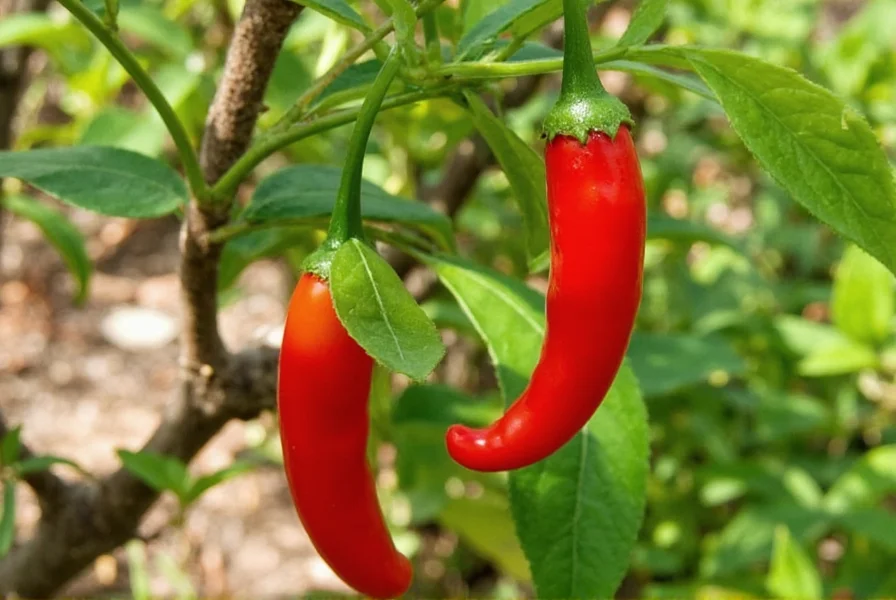
Serrano chilies are known for their bright, clean heat that hits quickly and fades relatively fast—making them ideal for salsas, sauces, and fresh dishes where you want noticeable spice without overwhelming the palate. Unlike some hotter peppers that leave a lingering burn, serranos deliver a sharp, immediate heat that's perfect for adding flavor complexity without dominating a dish.
Understanding the Serrano Chili Hotness Scale
The Scoville scale measures the heat of chili peppers based on capsaicin concentration. For serrano chilies, the typical range is 10,000 to 23,000 Scoville Heat Units (SHU). This places them significantly hotter than jalapeños but far below habaneros and ghost peppers.

What makes serranos unique is their natural variation in heat. Unlike standardized supermarket peppers, serranos can differ dramatically based on:
- Maturity: Green serranos are milder (10,000-15,000 SHU), while red, orange, and brown ones are hotter (18,000-23,000 SHU)
- Climate: Peppers grown in hotter, drier conditions develop more capsaicin
- Plant stress: Limited water or extreme temperatures increase heat production
- Seed and vein content: Capsaicin concentrates in the seeds and inner membranes—removing these reduces heat
This natural variation is why some serranos might feel like a mild pepper while others pack a serious punch. It's part of what makes them interesting for chefs and home cooks alike.
Comparing Serrano Peppers to Other Chilies
Here's a clear comparison of serranos against common peppers:
| Pepper Type | Scoville Heat Units (SHU) | Heat Level | Best Uses |
|---|---|---|---|
| Jalapeño | 2,500–8,000 | Mild to Medium | Tacos, nachos, pickled dishes |
| Serrano | 10,000–23,000 | Medium-Hot | Fresh salsas, sauces, soups, guacamole |
| Cayenne | 30,000–50,000 | Hot | Dried spice blends, marinades, hot sauces |
| Habanero | 100,000–350,000 | Very Hot | Caribbean dishes, hot sauces, spicy condiments |
| Ghost Pepper | 800,000–1,000,000+ | Extremely Hot | Specialty hot sauces, competitive eating |
Key takeaway: Serranos are 2-3 times hotter than jalapeños but only about 1/10th as hot as habaneros. Their heat is sharp and immediate but doesn't linger as long as cayenne or habanero peppers, making them ideal for dishes where you want noticeable spice without overwhelming the palate.
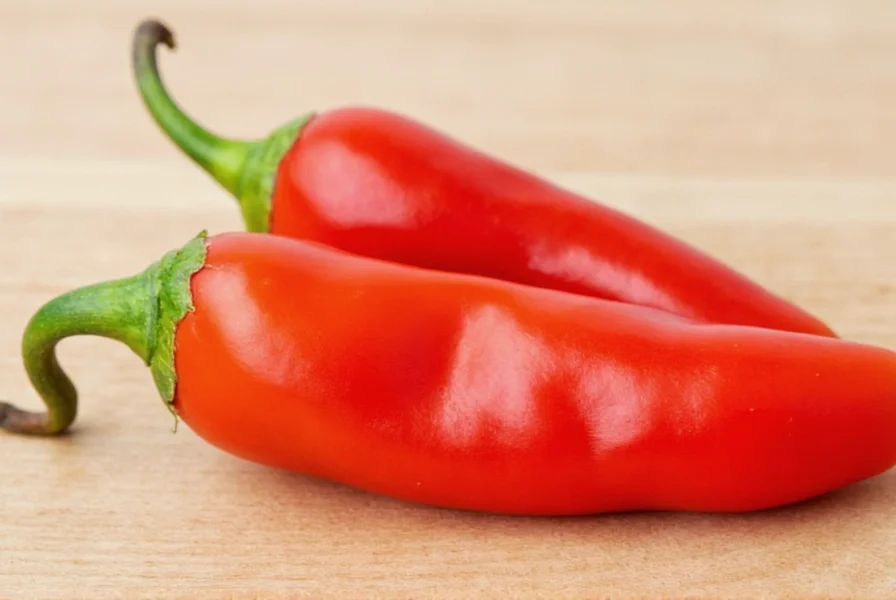
How to Use Serrano Chilies Like a Pro
Here are expert tips for handling and cooking with serranos:
- Wear gloves when handling – Capsaicin can cause serious irritation to eyes and sensitive skin
- Remove seeds and membranes – This reduces heat by up to 50% while preserving flavor
- Use fresh for bright heat – Serranos are best when used raw or lightly cooked for maximum flavor
- Balance with acidity – A squeeze of lime or lemon juice helps cut through the heat
- Freeze whole for later use – No need to chop before freezing; they'll keep for up to 6 months
- Start small – Add one pepper at a time to dishes, then adjust to taste
For example: In salsa recipes, 1-2 serranos typically provide perfect heat for 4-6 servings. If you're new to spicy foods, start with green serranos (milder) and work your way up to red ones.
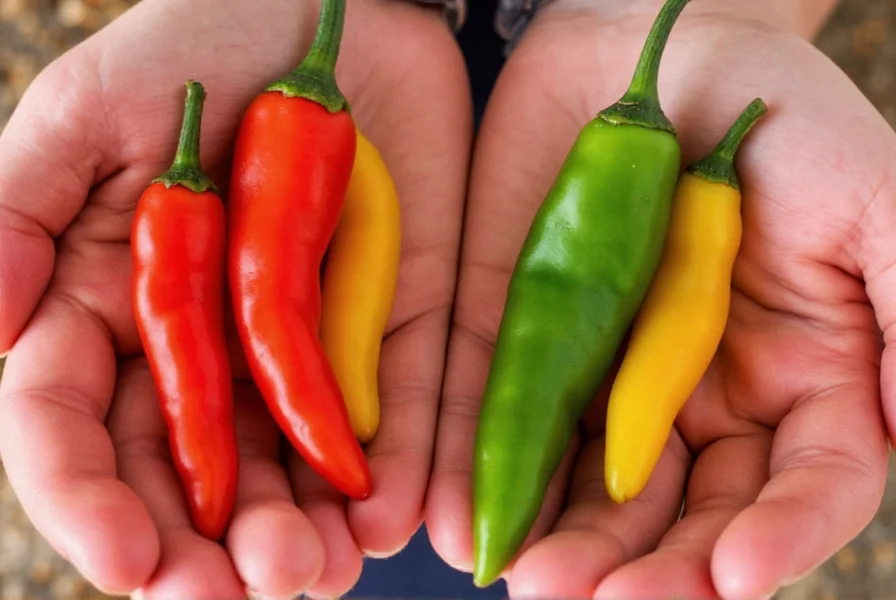
Buying Guide: How to Choose the Best Serrano Chilies
When shopping for serranos, look for:
- Firm, glossy skin – Avoid wrinkled or soft peppers
- Bright color – Green for milder heat, red/orange for hotter peppers
- Small size – Thinner, smaller peppers tend to be hotter than thick, plump ones
- Organic options – Preferred for freshness and pesticide-free quality
Top products to consider:
- Fresh Organic Serrano Peppers (Pack of 12) – Perfect for everyday use in salsas, guacamole, and salads
- Dried Serrano Chilies (Whole, 4 oz Bag) – Ideal for making homemade sauces, mole, and stews
- Ground Serrano Chili Powder (1 oz Jar) – Great for spice rubs, marinades, and dry seasoning blends
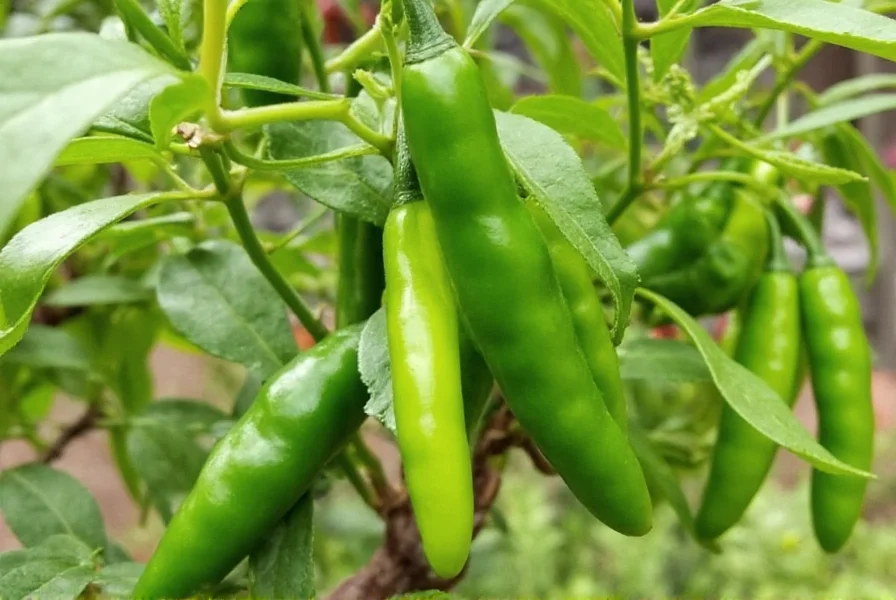
FAQ: Serrano Chili Heat Explained
How hot is a serrano chili on the Scoville scale?
Serrano chilies typically range from 10,000 to 23,000 Scoville Heat Units (SHU), making them significantly hotter than jalapeños but much milder than habaneros. This places them firmly in the medium-hot category of peppers.
Are serrano peppers hotter than jalapeños?
Yes, serrano peppers are generally 2-3 times hotter than jalapeños. While jalapeños range from 2,500-8,000 SHU, serranos range from 10,000-23,000 SHU. The difference becomes especially noticeable when eating them raw.
What factors affect the heat level of serrano chilies?
Several factors impact serrano heat: maturity (red/orange are hotter than green), climate (hotter growing conditions increase heat), and seed/vein content (capsaicin concentrates there). Even growing conditions in the same garden can produce serranos with noticeably different heat levels.
How can I reduce the heat of serrano peppers in cooking?
Remove the seeds and white membranes where capsaicin is concentrated, cook the peppers (heat mellows slightly with cooking), or balance with dairy/citrus. Wearing gloves when handling prevents accidental transfer of capsaicin to sensitive areas. For significant heat reduction, blanching serranos in boiling water for 1-2 minutes can help.
Why does the serrano chili heat range vary so much (10,000-23,000 SHU)?
Unlike standardized supermarket peppers, serranos' heat varies based on growing conditions, maturity, and even individual pepper differences. Stress factors like limited water or extreme heat can increase capsaicin production. This natural variation is part of what makes them interesting for chefs seeking nuanced heat profiles.
How long does serrano pepper heat last compared to other chilies?
Serrano heat is sharp and immediate but doesn't linger as long as cayenne or habanero. The burn typically fades within minutes, making them ideal when you want noticeable heat without an all-day burn. This quick fade is why serranos are preferred in fresh salsas where you want the heat to complement rather than dominate the experience.
Final Thoughts: The Perfect Medium-Hot Pepper
The serrano chili strikes the perfect balance between mild and extreme heat. With its clean, bright flavor and manageable heat profile, it's the ideal pepper for home cooks who want to add spice without overwhelming their dishes. Whether you're making salsa, adding heat to soups, or experimenting with new recipes, serranos deliver consistent, reliable flavor that won't dominate your palate.
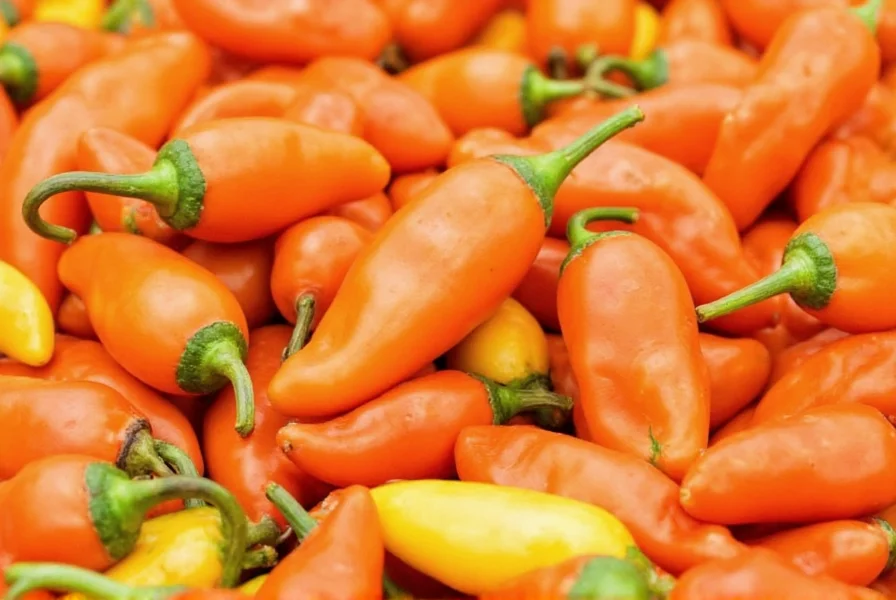
Now that you know exactly how hot a serrano chili is and how to use it effectively, you're ready to elevate your cooking with confidence. Grab a few fresh serranos, experiment with different recipes, and discover why this versatile pepper is a kitchen staple for spice lovers everywhere.

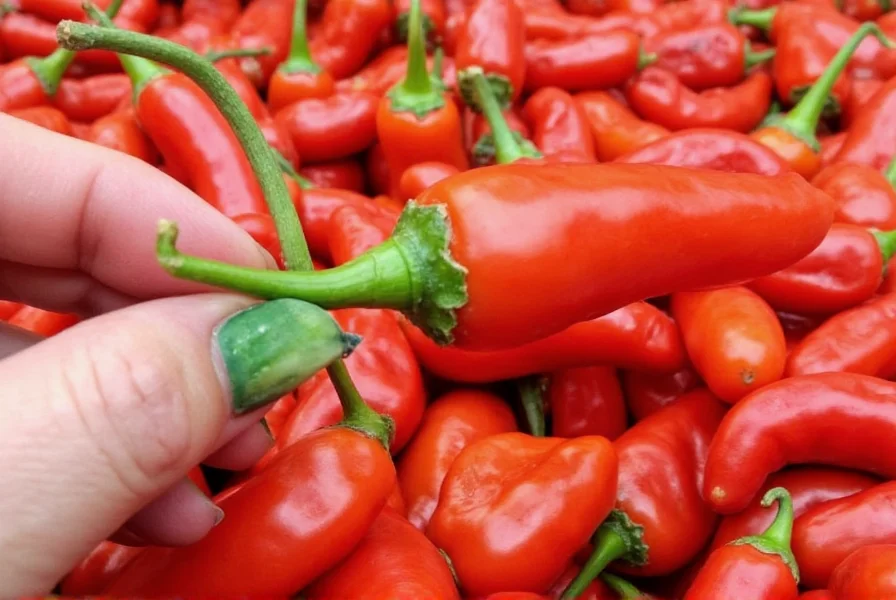









 浙公网安备
33010002000092号
浙公网安备
33010002000092号 浙B2-20120091-4
浙B2-20120091-4